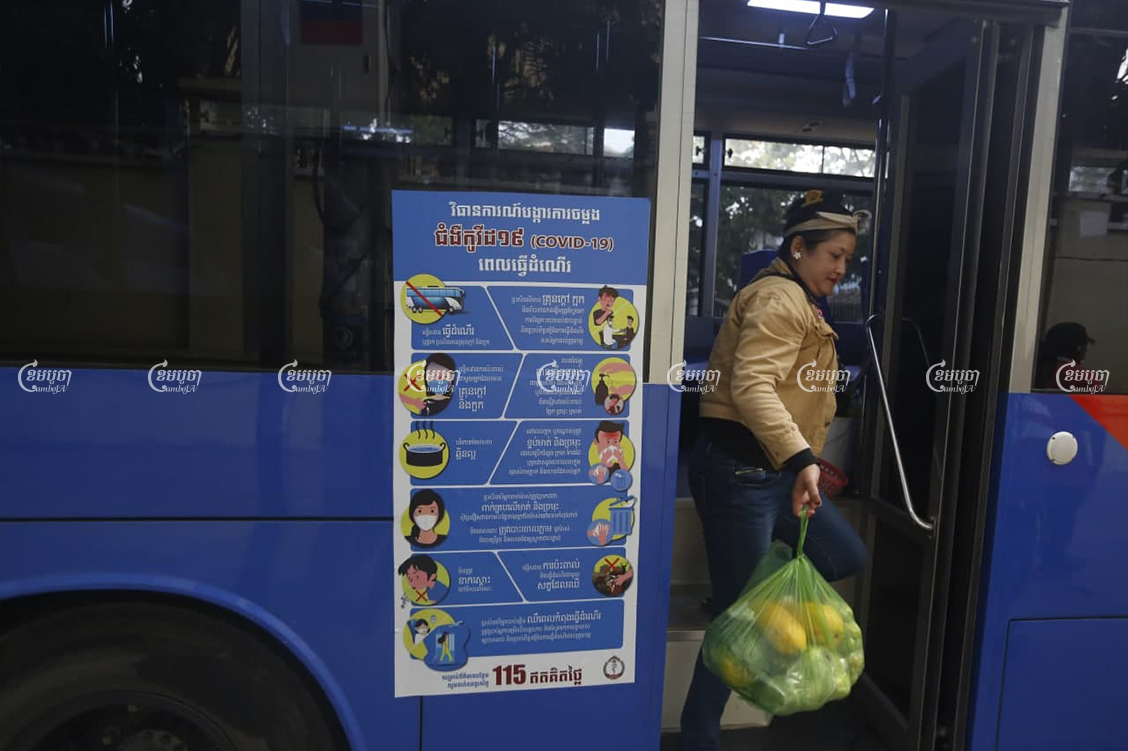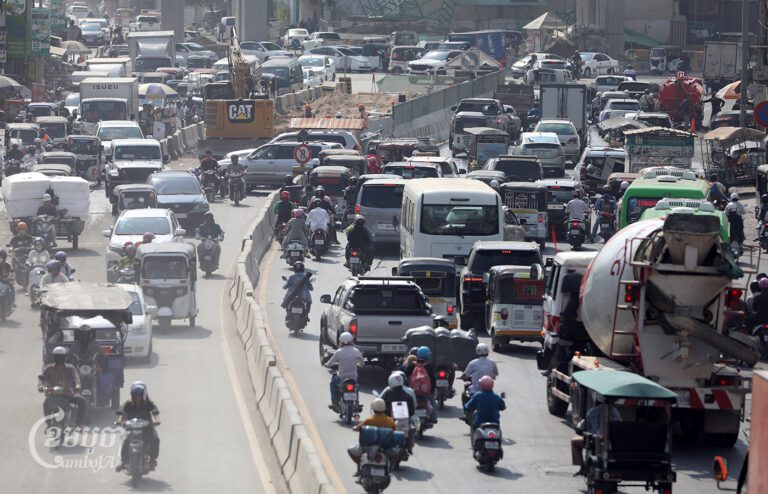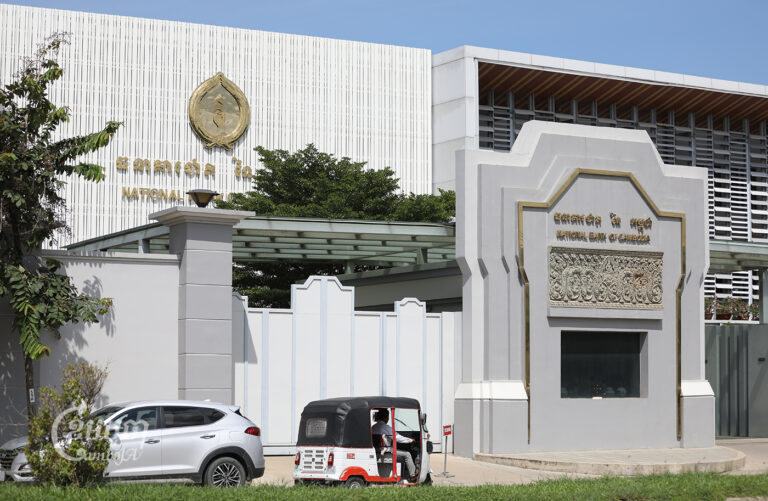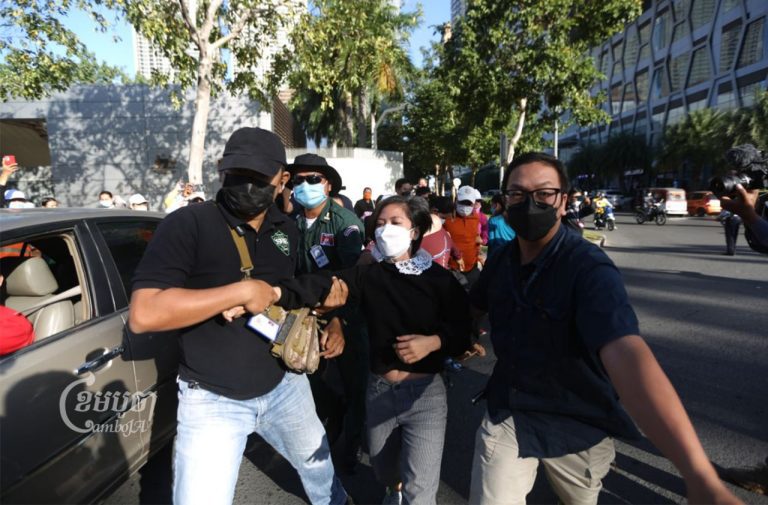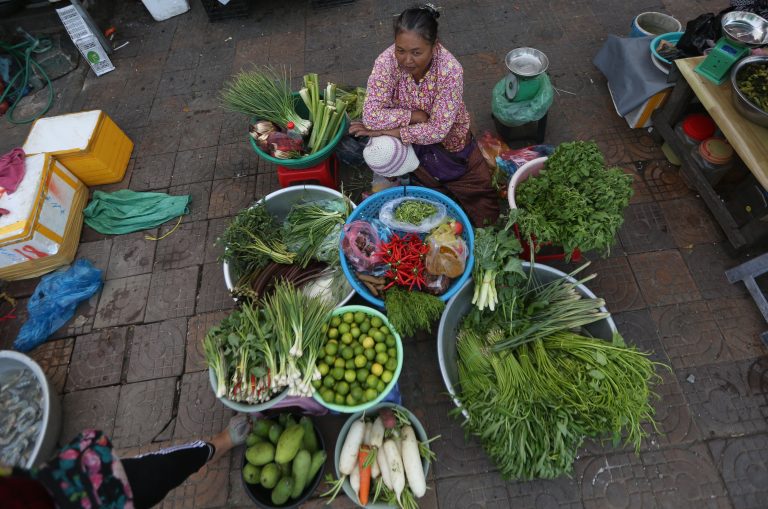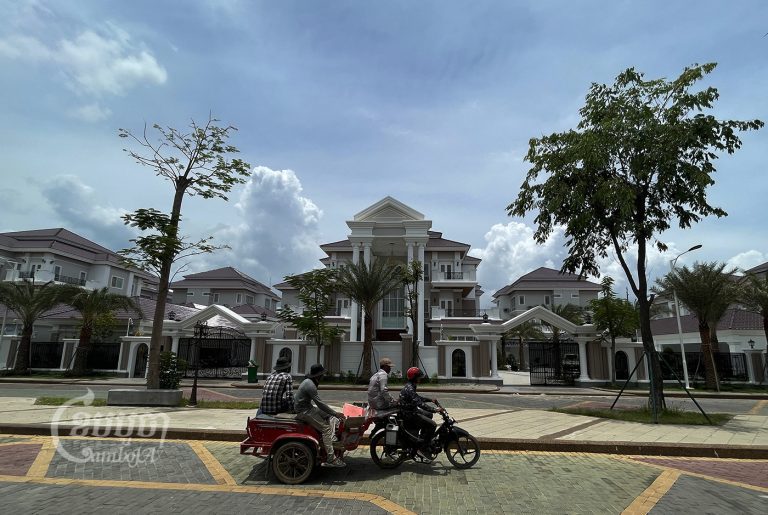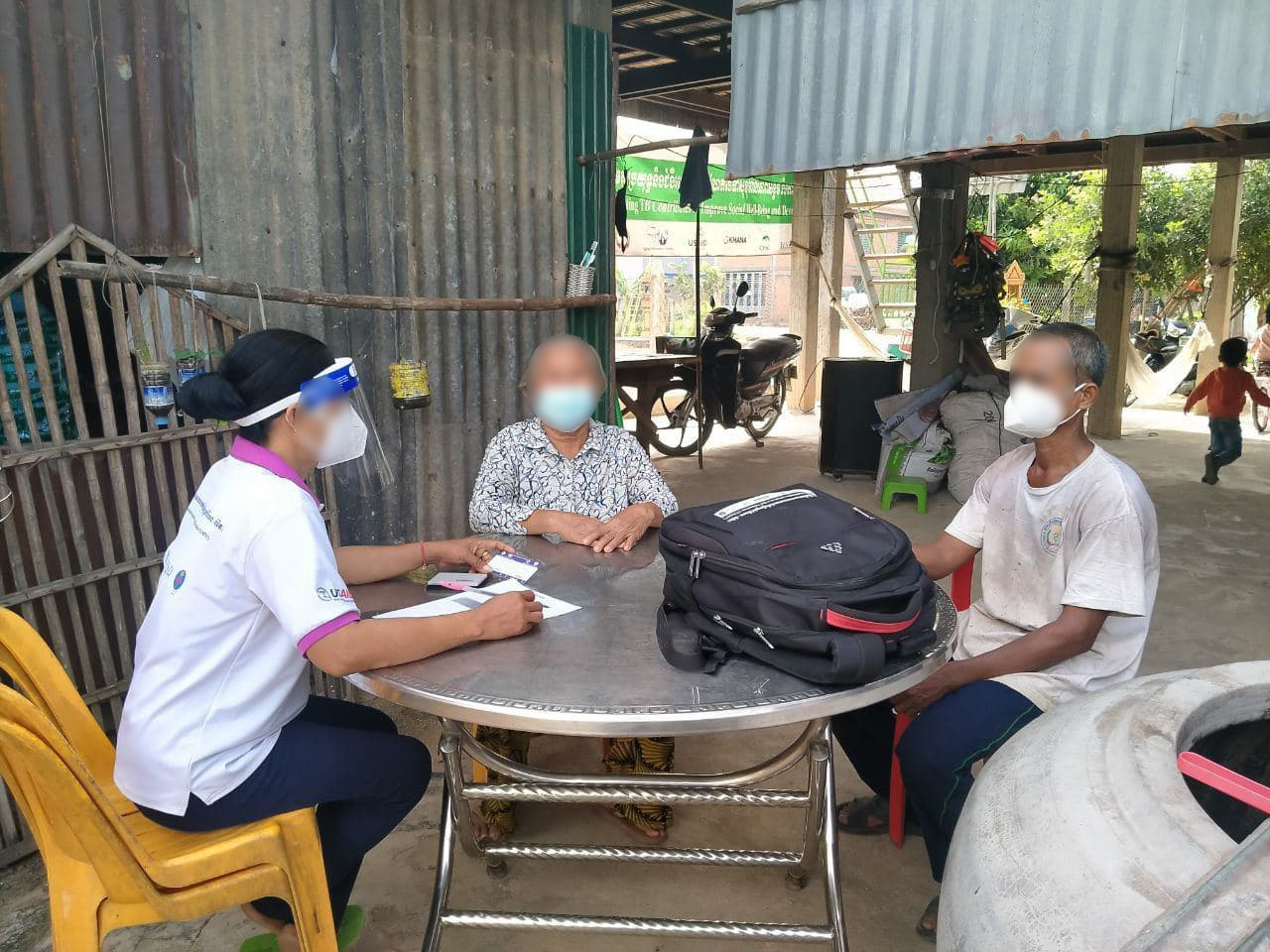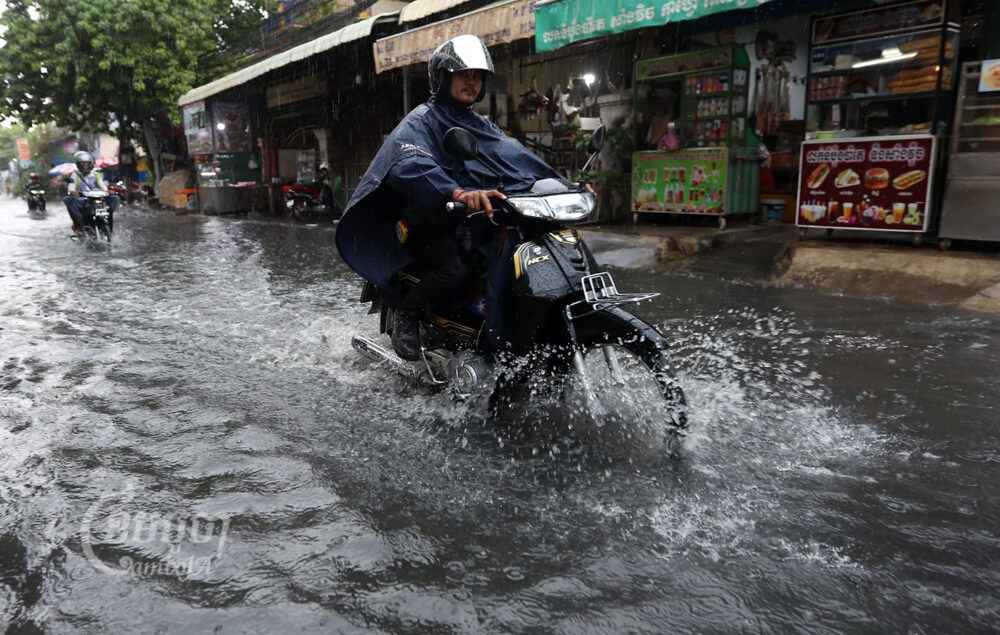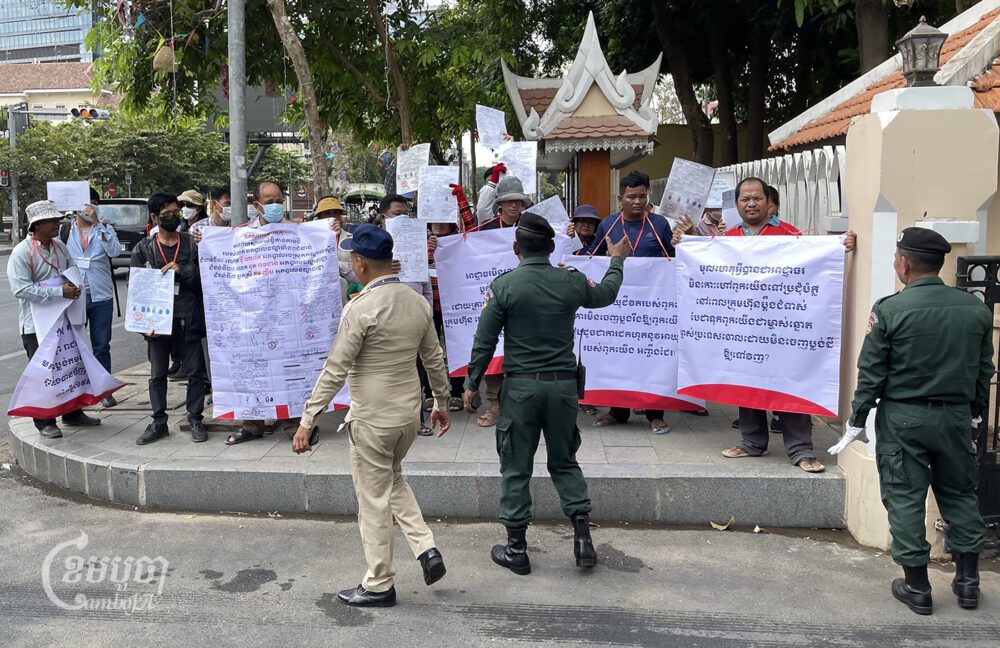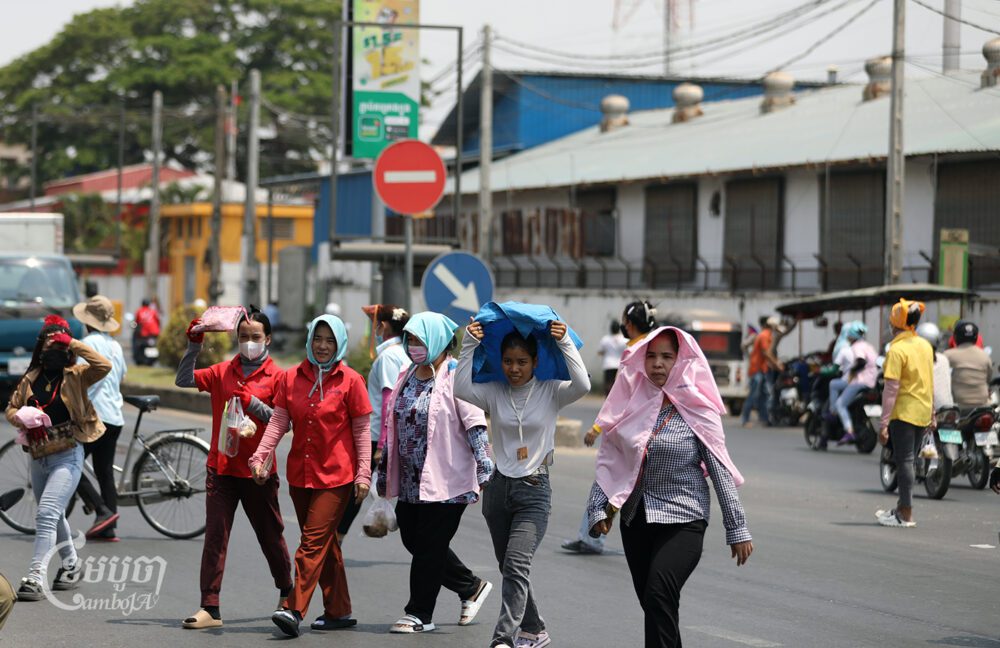Every morning, Tha Mengsrean would leave his home at 5:35 a.m., walk around 200 meters to the bus stop and take the 5:40 bus to Bak Touk High School. The 17-year-old student took the bus from his home in Chroy Changvar district in northeast Phnom Penh to Prampi Makara district daily.
The bus system served Mengsrean’s needs very well. Being a student, he gets to ride the bus for free – a journey which would have otherwise cost 30,000 riel, or $7.50, a day if he were to use a tuk-tuk rideshare service.
The bus was mostly on time, he said, speaking to CamboJA last month, and was largely used by other students – allowing him to interact with his peers. But, in late March last year, the Phnom Penh City Hall decided that it had to stop the capital’s only functioning public transport service.
Eighty-one buses running on 13 routes crisscrossing the city came to a grinding halt on March 28, when the local government decided that continuation of public transport would only exacerbate Cambodia’s rising COVID-19 case count.
“I miss taking the bus sometimes,” Mengsreang said. “I would get to know many people because I was usually the fourth or fifth person to get on the bus every morning.”
Apart from missing these interactions, the use of a tuk-tuk is hurting Mengsrean’s monthly budget. The 17-year-old’s family, who live a modest lifestyle in Prey Veng province, expected him to use public transportation daily when calculating how much he would need for his studies and living costs.
The new $7.50-a-day transportation cost is frequently eating into his daily allowance, and there is only one way for him to cut back on expenses.
“It is difficult; I need to save money on transportation. I have to reduce eating out,” he said.
He said he started using his motorcycle on a few occasions, but the 22-kilometer round trip was exhausting, leaving him little time and energy for his studies.
“I am very tired. In the bus, we can sit and review the day’s lessons,” he said.
In March 2014, the Japanese International Cooperation Agency and City Hall launched a trial bus route from Chbar Ampov to the Chroy Changvar roundabout in north Phnom Penh.
After several hiccups, the service has since expanded to 181 buses, mostly donated by the Japanese and Chinese governments. There are signs that some Phnom Penh residents are willing to give up their cars and motorcycles to use public transport.
A 2020 report from the city bus authority showed that 2 million passengers had used the service for the first three months of the year, on average ferrying 10,000 Phnom Penh residents a day across the city.
“Before COVID-19, we had nearly 10,000 passengers that we transported using our buses every day,” said Kly Norak, the administrative chief of Phnom Penh City Bus (PPCB) Authority.
“We are happy that we had many students using the bus, as well as older people,” he said.
Health officials suggested the bus service be stopped immediately, he said, because of potential overcrowding and the enclosed nature of public transport.
Health experts have said public transportation systems, which are popular and widely used in larger economies especially in the West, may have contributed to the rapid spread of COVID-19 in those countries.
“It never opened after that,” Norak said. “We want to reopen the service but we are afraid…because people might not respect the rules and we have only one driver and how can he manage the people?”
The same PPCB report showed that the service earned $645,863 from ticket sales, but absorbed $1.52 million in free tickets to priority groups – students, garment workers and the elderly are given free rides on the bus.
Norak admits the bus service is not profitable for the city and ticket sales do not cover other costs, such as staff salaries, but did not give CamboJA details of the service’s financials.
He said the primary aim for the PPCB – eight years after the service was started – was to encourage people to embrace public transportation even if it means incurring a loss.
“The government and City Hall do not care if it’s profitable or not. They don’t care about losing money because we have never made a profit” he said.
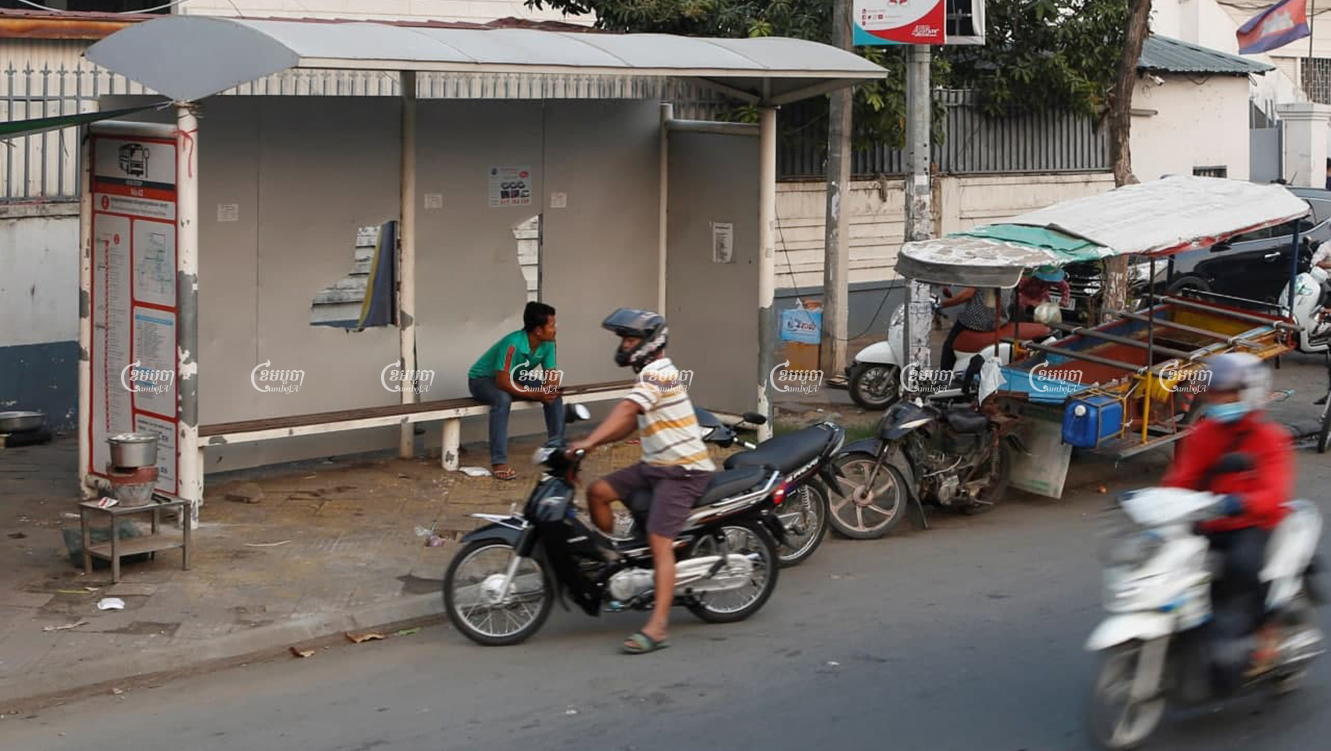
Since Cambodia registered its first COVID-19 case last January, the government has on multiple occasions shut down businesses, schools and public spaces, including the bus service, to curb the spread of the novel coronavirus.
But while businesses and public places have been allowed to reopen, the bus service remains shuttered.
Education Ministry Spokesperson Ros Soveacha said the ministry was not involved with students’ transportation choices nor was it involved in the bus service.
Phnom Penh Governor Khuong Sreng said the city was hoping to restart the service once the current vaccination drive had successfully inoculated more people.
“We cannot maintain social distancing in the city bus and the windows cannot be,” he said. “We have thought about it very thoroughly.”
Governor Sreng claimed he was unaware of the financial toll the bus service has taken over the years on the city’s budget and denied that the service had been closed because of its financial health.
Kubo Tomoko, the first secretary at the Japanese Embassy in Cambodia, said the embassy, which had so far arranged for $21 million in aid for the bus service, was unaware buses were not running since last year.
“The Embassy hopes that the current situation will end soon and the people’s lives will return to normal including the city bus service,” she said. “Japan is not planning additional support for the city bus as of now.”
Sitting at a Takhmao coffee shop with two friends, Grade 11 student Mov Muysorng had used the bus service for around six months to get to her high school in Phnom Penh. She was reliant on public transportation – just the loyalty the PPCB was hoping to inculcate in the city’s residents.
With the bus service suspended, she is instead using a ride-sharing tuk-tuk service or has a relative drop her to make the journey from Takhmao to Phnom Penh daily.
“I think because we are not sure if COVID-19 is really gone, we are afraid of a COVID-19 outbreak,” Muysorng said.
“I am 50 percent open to using the bus again,” she added. “And if they allow it to be opened the government has to prepare mechanisms for our safety but I am concerned that people will not follow it.”
Mengsrean is far more skeptical. He said given the government’s urgency to reopen businesses and schools, but not the PPCB, could spell the end of the fledgling service.
He said if the services’ finances were the reason for the extended closure then he wouldn’t mind paying for his rides.
“I think the reason could be that the [PPCB] spends money on the service, then does not make any money, so they don’t want to reopen it,” he said.


